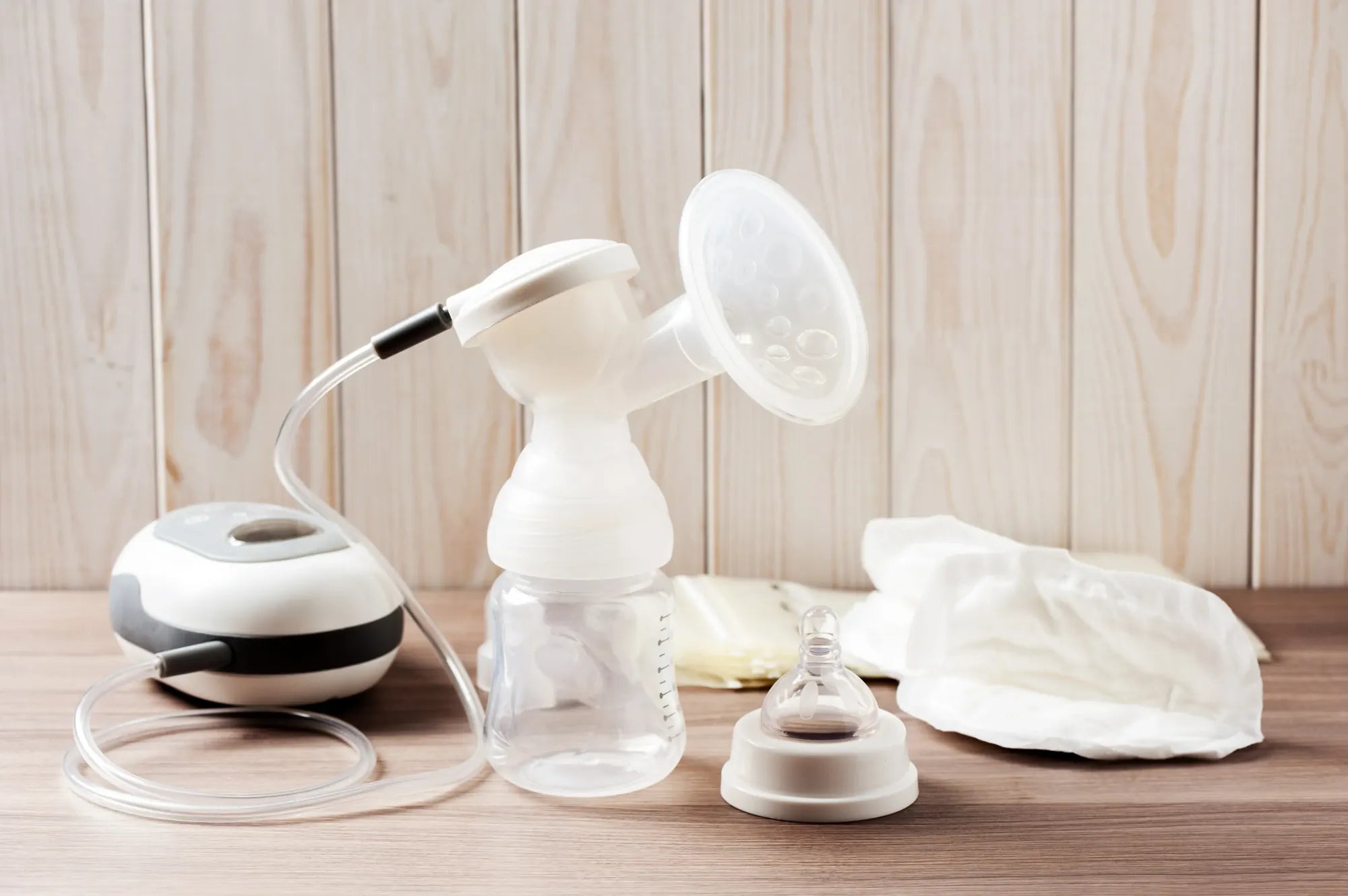Home
Pregnancy, Breastfeeding, and Pumping: The Ultimate Guide for Moms
Do You Need to Replace Breast Pump Flanges? A Comprehensive Guide

Do You Need to Replace Breast Pump Flanges? A Comprehensive Guide
Breast pump flanges are an essential component of any breast pump setup, yet they often go overlooked until discomfort or inefficiency arises. If you've ever wondered, 'Do you need to replace breast pump flanges?' this guide will provide you with all the answers. From understanding their role to recognizing when it's time for a change, we'll cover everything you need to know to ensure a comfortable and effective pumping experience.
What Are Breast Pump Flanges?
Breast pump flanges, also known as breast shields, are the funnel-shaped pieces that fit over the nipple and areola during pumping. They create a seal that allows the pump to express milk efficiently. Flanges come in various sizes to accommodate different nipple diameters, ensuring a proper fit and minimizing discomfort.
Why Are Breast Pump Flanges Important?
The right flange size and condition are crucial for several reasons. First, they ensure that the pump can effectively extract milk without causing pain or damage to the breast tissue. Second, they help maintain hygiene by preventing milk from leaking into the pump mechanism. Lastly, well-fitted flanges can improve milk output by ensuring that the suction is applied correctly.
Signs You Need to Replace Your Breast Pump Flanges
Over time, breast pump flanges can wear out or become less effective. Here are some signs that it might be time to replace them:
- Discomfort or Pain: If you experience pain during pumping, it could be due to ill-fitting or worn-out flanges.
- Decreased Milk Output: A drop in milk production might indicate that the flanges are no longer creating an effective seal.
- Visible Wear and Tear: Cracks, discoloration, or warping are clear signs that flanges need to be replaced.
- Difficulty Cleaning: If flanges are hard to clean or retain odors, it's time for a new set.
How Often Should You Replace Breast Pump Flanges?
The frequency of replacement depends on how often you use your breast pump and the material of the flanges. Generally, it's recommended to replace flanges every 3-6 months with regular use. However, if you notice any of the signs mentioned above, replace them immediately to avoid discomfort and inefficiency.
Choosing the Right Flange Size
Selecting the correct flange size is vital for a comfortable and effective pumping experience. Here's how to determine the right size:
- Measure Your Nipple Diameter: Use a ruler or a nipple sizing guide to measure the diameter of your nipple.
- Add 2-3 mm: The flange size should be 2-3 mm larger than your nipple diameter to allow for proper movement and suction.
- Test Different Sizes: If you're unsure, try different sizes to find the one that feels most comfortable and effective.
Maintaining Your Breast Pump Flanges
Proper maintenance can extend the life of your breast pump flanges and ensure they remain effective. Here are some tips:
- Clean After Each Use: Wash flanges with warm, soapy water and allow them to air dry completely.
- Inspect Regularly: Check for signs of wear and tear and replace as needed.
- Store Properly: Keep flanges in a clean, dry place to prevent contamination.
Common Mistakes to Avoid
When it comes to breast pump flanges, there are a few common mistakes that can lead to discomfort or inefficiency:
- Using the Wrong Size: Flanges that are too small or too large can cause pain and reduce milk output.
- Neglecting Replacement: Continuing to use worn-out flanges can lead to discomfort and decreased efficiency.
- Improper Cleaning: Failing to clean flanges properly can lead to bacterial growth and contamination.
Benefits of Replacing Breast Pump Flanges
Replacing your breast pump flanges when needed offers several benefits:
- Improved Comfort: New flanges ensure a proper fit, reducing pain and discomfort.
- Enhanced Efficiency: Effective flanges can improve milk output and reduce pumping time.
- Better Hygiene: Fresh flanges are easier to clean and maintain, reducing the risk of contamination.
Breast pump flanges play a crucial role in your pumping journey, and knowing when to replace them can make all the difference. By paying attention to the signs of wear and tear, choosing the right size, and maintaining them properly, you can ensure a comfortable and efficient pumping experience. Don't wait until discomfort or inefficiency forces you to act—take proactive steps to keep your breast pump flanges in top condition. Your comfort and milk supply will thank you!
Share

